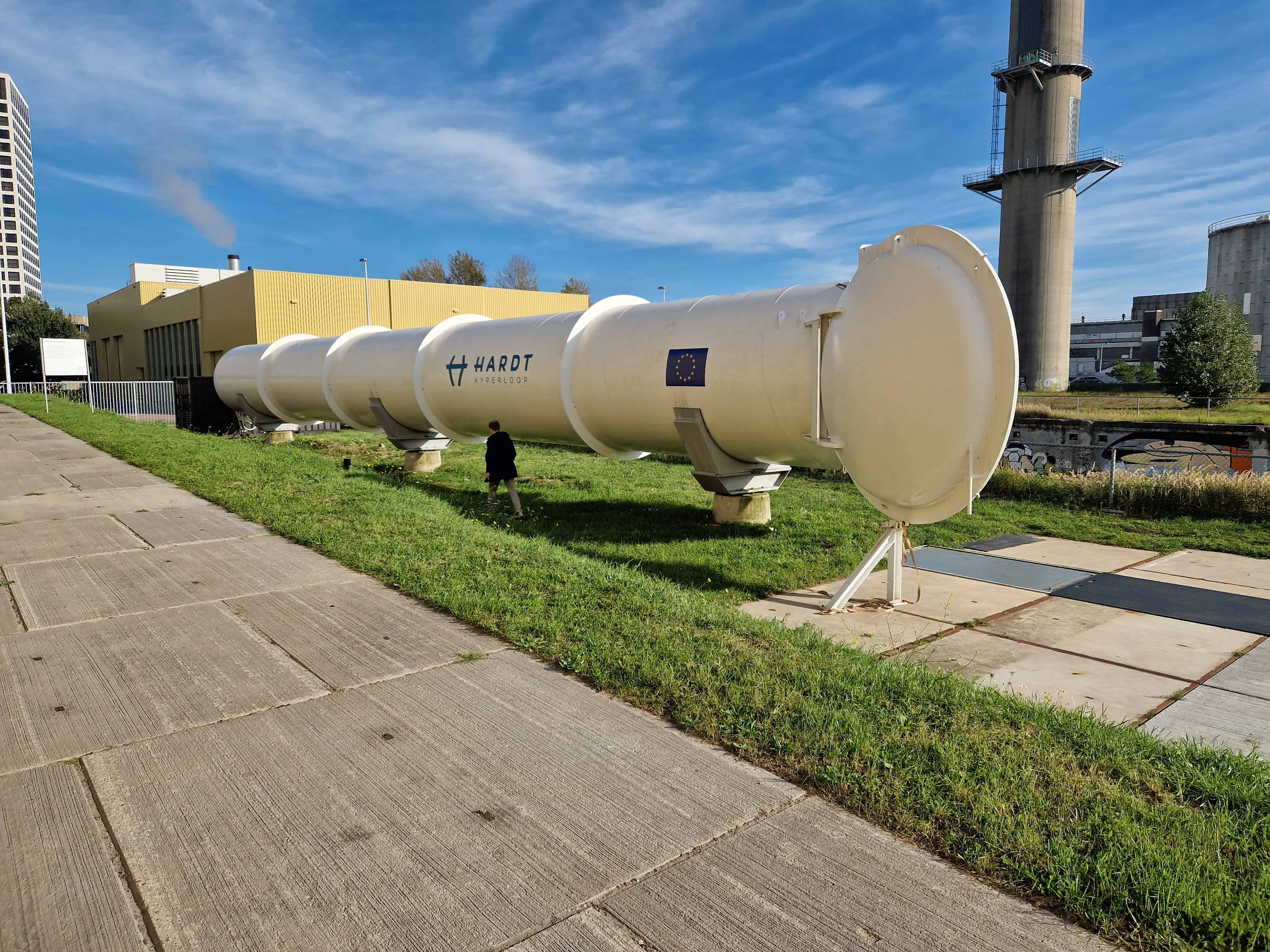
Home to one of the busiest and oldest seaports, the Dutch city of Rotterdam is trying to get into pole position in the future of mobility. By air for sure, with hydrogen flights, and now as a frontrunner in inland connections, too. Next to the canals of the not-as-busy city port, the Stadshaven, a white, thirty-meter-long tube, camouflages itself within the landscape of the industrial area, where pipes and containers are anything but alien. However, this tube offers a glimpse into what may be the future of mobility. It’s a test track for ultra-fast trains running in the vacuum. You might have heard of it. It’s called hyperloop.
- Europe is leading the research and development of hyperloop technology, with the EU backing companies like Hardt and Zeleros.
- The two are joining forces to bring the technology forward, aiming at starting commercialization by 2030.
- Polish startup Nevomo is upgrading existing train infrastructure with magnetic levitation technology.
Simply put, the hyperloop mobility system consists of a train in a vacuum tube that can travel at 1000 km/h speeds. Instead of wagons, there are pressurized pods, which levitate on tracks using special magnets. By removing air, the vehicles don’t have to push it away to counteract the drag force, and by eliminating friction, pods can move more freely, reaching faster speeds. If no force is used to thwart drag, less energy is needed to make the pods move. Besides, the hyperloop is designed to be fully electric.
The concept of a train is not new but traces back to the nineteenth century. It came back into fashion a few years ago, as Tesla Motors and X CEO Elon Musk challenged student teams in the Hyperloop pod competition. At the forefront of global research on the hyperloop are three European companies: Zeleros Hyperloop, Hardt Hyperloop, and Nevomo. The first two stemmed out of Musk’s competition. The three of them are all supported by the European Union through the European Insitute of Innovation and Technology (EIT) Innoenergy initiative. At Hardt Hyperloop’s Rotterdam headquarters, the EIT organized a media event to present the three companies, provide an overview of the state of the technology, and give reporters a chance to see it in real life at the experience center and at the outdoor test tube.
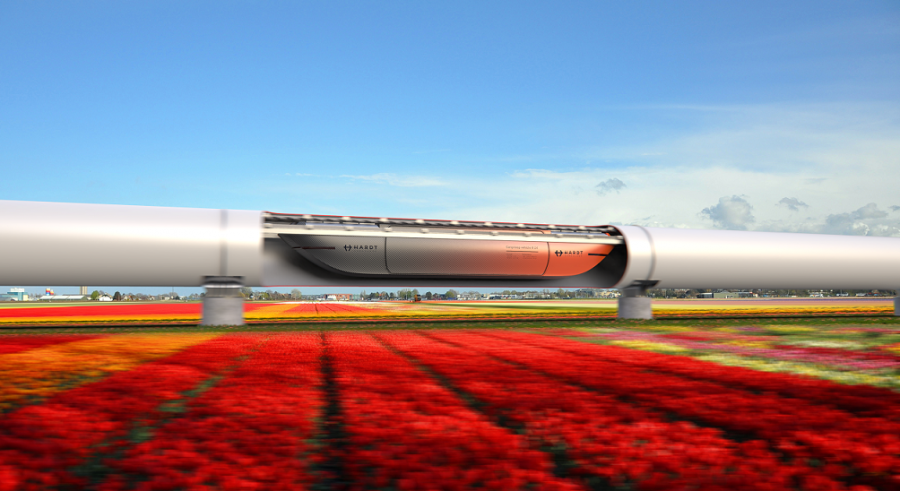
Inside the pod
Following a brief introduction video, a section of a hyperloop pod welcomes visitors. Inside of it are two futuristic and comfortable seats. By their side, a display that will show travel info is placed. The convoy’s ceiling features screens displaying northern lights. It makes the passengers feel more comfortable and possibly reduces the dizziness caused by traveling at such high speed. With regard to this aspect, vibrations experienced when traveling by train aren’t an issue anymore with Hyperloop since pods levitate on tracks.
Hanging on the room walls are renders of hyperloop pods, with details on the functionalities. Some plastic models show convoys and compare hyperloop infrastructure to a conventional railway or a six-lane highway. Next to the pod is the chance to simulate the planning of a hyperloop trip. The hyperloop would cover over 1400 kilometers between Amsterdam and Budapest in four hours and twenty minutes. By plane, although the planner shows a 200 kilometers shorter distance, it still takes six hours door to door from one city center to another. By train, the journey is nearly 19 hours and a half long. The screen also shows the environmental impact and the energy consumption for each means of transport. A hyperloop fare uses 61 kWh and emits 15 kilograms of CO2. Flying requires 322 kWh of energy equivalent and discharges 81 kilograms of carbon dioxide.
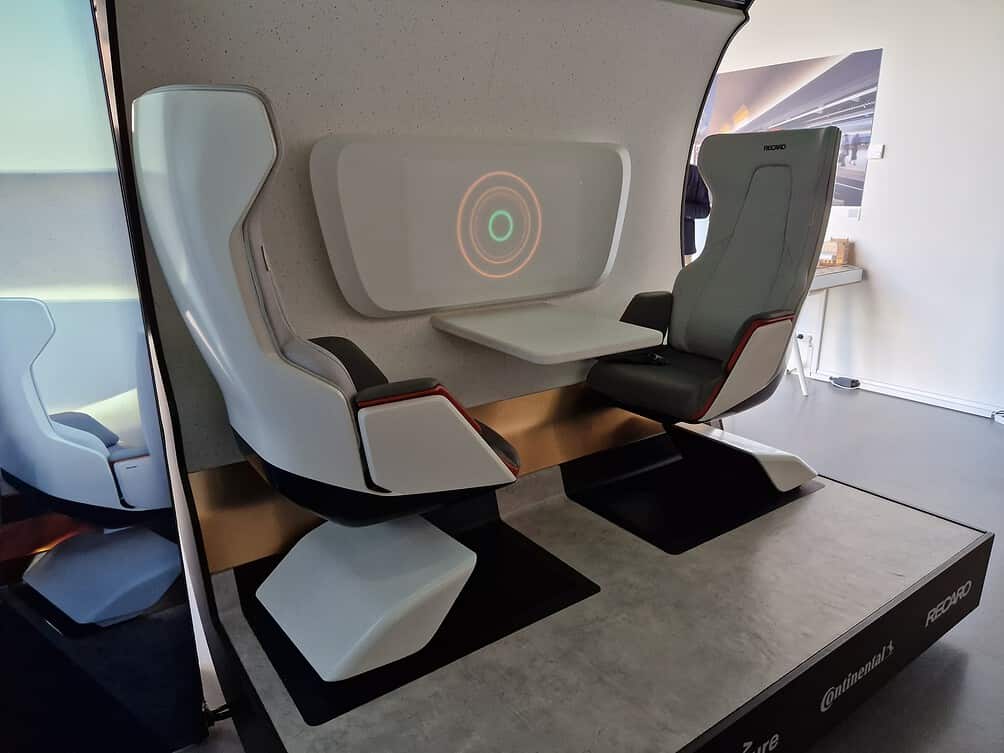

Levitation
In another corner of the room, a simulator shows the functioning of magnetic levitation. Inside a small rectangular tunnel, a small dolly gets attracted by the magnets in the tracks over him, moving back and forth through the small rail. Proving the functioning of such a technology was one of the main milestones achieved by the company.
Hardt Hyperloop HQ is a five-minute walk from where the test tube is installed. In this facility, the Dutch team could prove its lane-switching technology, which allows pods to shift from one lane to another without needing any moving components. The three-meter diameter white tunnel installed at roughly a meter on the ground used to be the main test facility for Hardt. Since the opening of the European Hyperloop Center (EHC) in Veendam, in the north of the Netherlands, it has become a living example of what hyperloop installations in the future will look like.
Massive effort
Zeleros’ chief operations officer, Luis Navarro, underlined the efforts and the bulk of expertise necessary for making this technology. “We need to be a focused aerospace company,” he said. Given the complexity, he sees cooperation as necessary, as both his company and Hardt are pushing towards the same goal: making hyperloop transport a reality.
On day one of the EIT’s Business Booster event, signed a Memorandum of Understanding to accelerate the technical and commercial development of the technology. Through this step, the two companies will work together on the technology. As both companies envision having their first route by 2030, they will now converge on a shared roadmap. Zeleros and Hardt will conduct tests together at the EHC.
The Spanish company, founded in 2015, established a solid network of industrial partners, including Airbus and steelmaker ArcelorMittal. Some of its achievements include the creation of a powerful linear motor for propulsion. Navarro acknowledged the current unreadiness of the Hyperloop technology, although remarking that “the path is clear”.
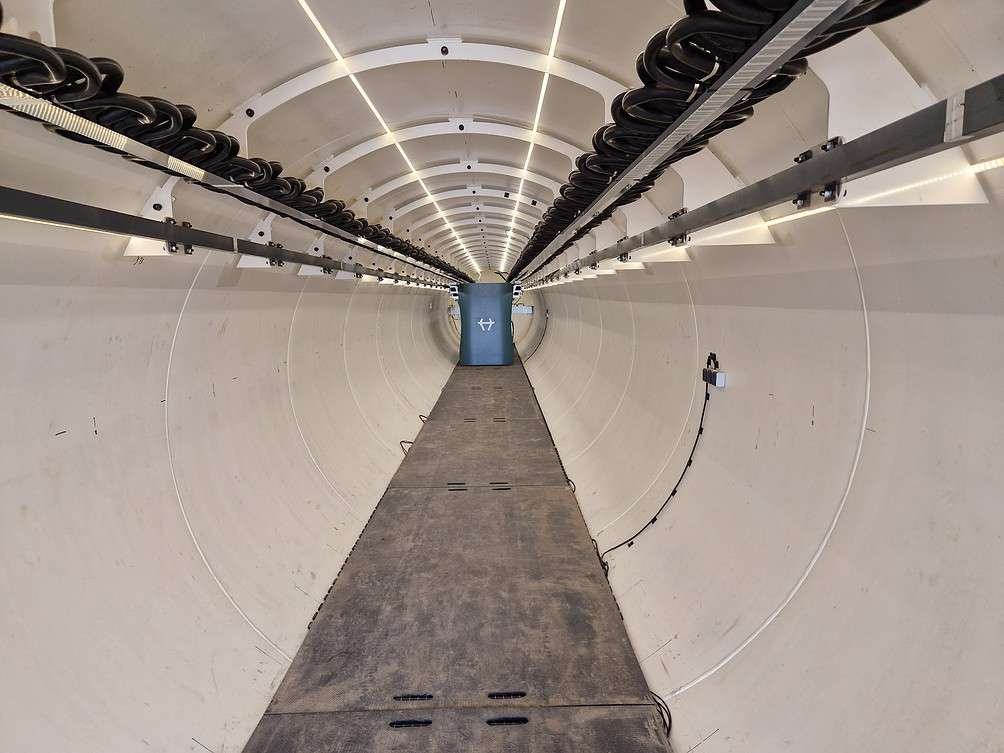
Add-on to existing railways
Nevomo technology was described by the company’s cofounder Stefan Kirsch as an “add-on to existing infrastructure.” The Polish startup created MagRail, a magnetic levitation system that can be used in existing railways to optimize railway usage. As the two Hyperloop-oriented companies, Kirsch sees rail as the transport of the future, but from another perspective.
“Railways are at a break or make point,” he said. “They are the future, but things need to change, and it’s not necessarily about reinventing the wheel, we can also think of adding something more to what we already have. Let’s refurbish what’s there,” Nevomo cofounder stated.
MagRail has already passed some tests, proving that it can make conventional conveys levitate on existing tracks. The company will keep testing its innovation, as it plans to introduce it first in harbors and industry plants, where hundreds of kilometers of railways are also moving containers. In fact, it will work with Europe’s biggest inland port, the German Duisburg, optimizing its operations.

Another way of moving
For EIT InnoEnergy, it’s clear that there is a need for a fifth transport modality to complement the existing ones. Forecasts suggest an increase in the demand for freight and passenger rail transport by 2050 – by three and twofold, respectively – and emissions must be drastically reduced by then. To this extent, the hyperloop can be the disruptive option that joins cars, trains, and planes. Specifically, it can take care, at least initially, of passenger transport, freeing existing railways for freight, clarifies Lucienne Krosse of EIT InnoEnergy.
In explaining the technology, both the companies and the institute stress this point. Hyperloop doesn’t want to replace what we already have. Yet, it’s envisioned to cover thousand kilometers distances as well as short ones. Cases for local transport are seen too, with the train in a vacuum possibly being a larger scale metro to move from city to city. Integrating another means of transport is expected to foster modal shifts, diverting passengers from trains to planes. Mobility will remain a personal choice, with individuals picking one or the other option depending on their needs.
Hardt estimates that hyperloop technology would cost ten percent less than high-speed railways. Part of the reason lies in the land acquisition costs, which are lower for acquiring smaller stretches of land for placing the tubes rather than building larger tracks or highways. Social acceptance remains to be fully figured out, as well as the actual integration of hyperloop hubs. Having them next to airports could be an option.
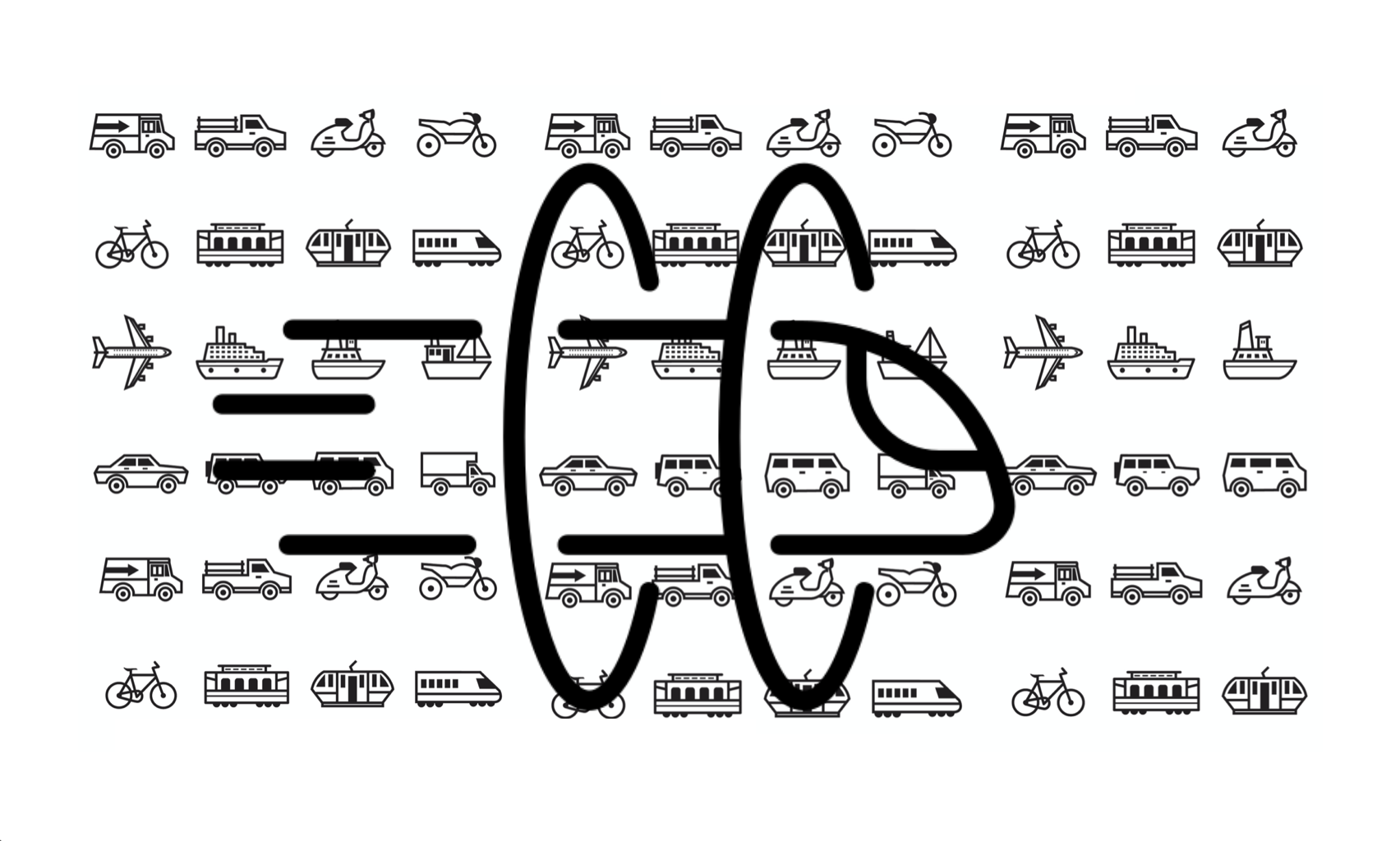
Europe is leading the pack
Although the US was where the concept of a train in the vacuum was brought up again into the discussion, the interest in the technology there seems to have declined. The Hyperloop pod competition stopped in 2019. Virgin’s Hyperloop One pivoted to moving freight, halving its staff. HyperloopTT, one of the main US companies working on the technology, abandoned its attempt to go public. Seven companies are actively working on the technology worldwide, and Hardt and Zelereos are spearheading research and development.
According to Stefan Kirch, Nevomo’s cofounder, the answer lies in Europe’s higher level of expertise in railways. “Railways started in Europe; this legacy and heritage are part of the reason Europe is leapfrogging the US. The real competitor is China,” he explained. Today, China has over 40,000 kilometers of high-speed rail and envisions reaching the 70,000 mark by 2035.
Nevertheless, Hardt founder Tim Houter sees an opportunity. “With Hyperloop, we have the foundation and the opportunities to lead the pack, as compared with other technological domains such as AI and space,” he said. As Hardt and Zeleros join forces to meet their common 2030 target, how and if the hyperloop will establish itself as the fifth transport modality remains to be seen.

